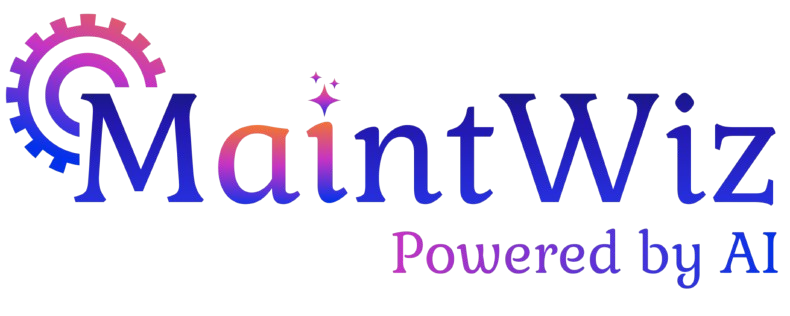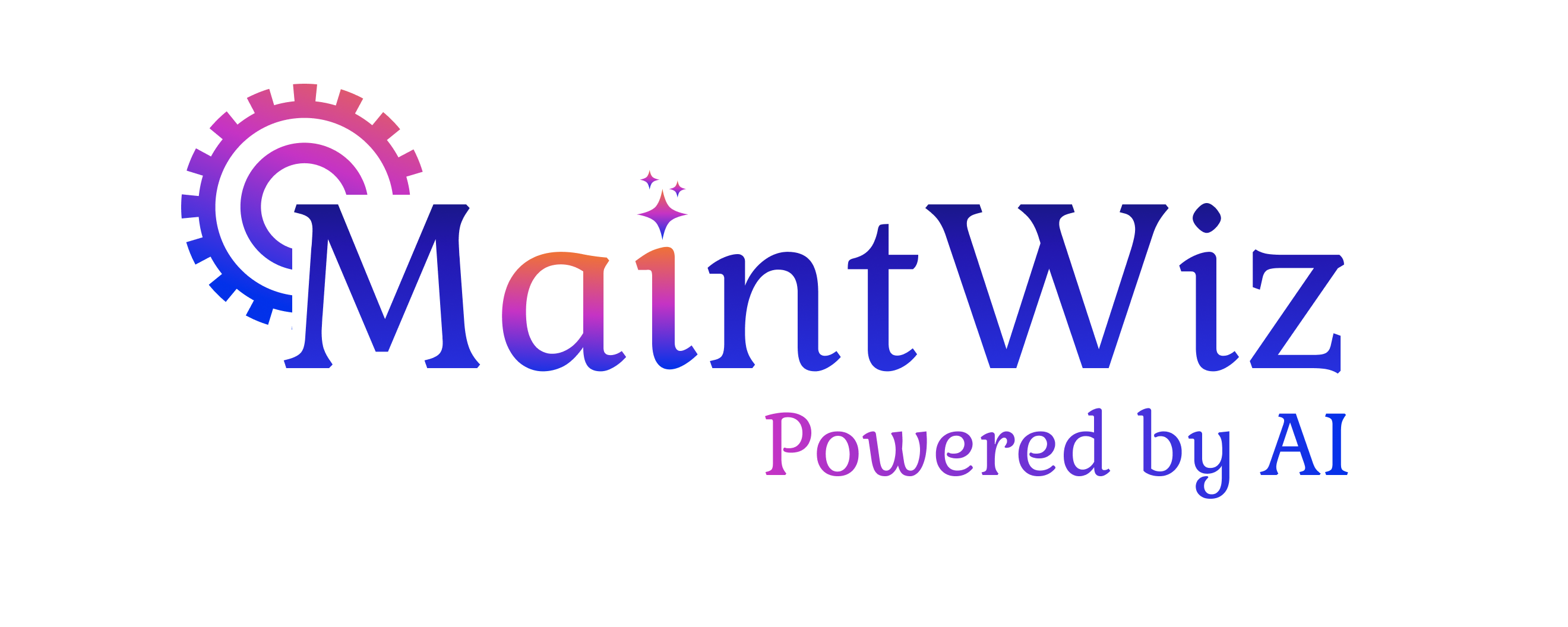
Table of Contents
Successful Maintenance Strategy
Maintenance organizations are continually under pressure to deliver high availability of critical equipment, supporting non-stop production amidst decreasing maintenance budgets, increasing equipment complexity, and reduced manpower. Smart maintenance teams require themselves to be simultaneously efficient and effective.
Here are the seven best practices that are integral to any successful maintenance strategy. This will increase availability, reliability, and performance resulting in increasing asset life, minimizing downtime and reducing the cost of maintenance.
Breakdown Maintenance – Performing Root Cause Analysis
While run to failure is not a preferred approach for maintenance, failures do happen and break fixes to restore business operations add a lot of stress on the resources. It’s a relief when the equipment is put back to work but a critical aspect begins therein.
Root cause analysis is a systematic problem-solving technique to identify the origin of the problem. A well-done root cause analysis can not only identify the root cause but can also determine other contributing factors including events and conditions that led to the failure. Corrective and preventive actions can be instituted to avoid recurrence.
Preventive Maintenance Program – Effectiveness Updating the Preventive Maintenance
All the organizations have got preventive maintenance programs in place. However, what ails them is that they are not maintained well. Each breakdown is an opportunity to assess the content, effectiveness, and timeliness of the preventive maintenance programs in place. Periodic reviews of the preventive maintenance programs, to adapt to changing operating conditions and apply the learnings can help them stay current and increase their effectiveness.
Conditional Monitoring – Responding to First Symptoms+
Monitoring the critical parameters of equipment and the operating environment can bring up the latent conditions that can develop into failure phenomena. Most of modern CMMS Software can integrate with equipment monitoring systems, Sensors, SCADA, the Internet of Things and other automated mechanisms to capture and analyze conditional parameters. An effective condition monitoring system can track the variations better and warn of imminent breakdowns. Defining alerts and notifications to capture first symptoms can give enough time to schedule corrective actions and thus avoid costly breakdowns.
Predictive Maintenance – Prognostics from the physical digital convergence
Multiple data points are captured continuously relating to the equipment condition and operating environment. While conditional monitoring compares equipment performance against standards or set parameters, predictive maintenance makes it one level up – by comparing the equipment performance over time (trend analysis) and against the performance of peer equipment to identify potential failures and institute preventive actions. Connecting the dots and triangulating can help discover deep insights. Multi-factor analysis and sophisticated modelling techniques are employed for high critical equipment to predict the risk of failure.
Workbench – Planning Preventive Maintenance Execution
The Preventive Maintenance compliance index computes the percentage of preventive maintenance orders that have been completed on time. Poor compliance often arises when the long-range planning goals do not match with the short-term on-ground realities. Effective execution requires bridging the gaps by making suitable adjustments to accommodate production schedules of equipment, resource constraints, spares and tools availability etc. Planning a workbench can serve as a utility to adjust the forthcoming preventive maintenance instance without impacting the underlying schedules. Minor adjustments of dates and swapping of equipment, tools or resources can be achieved without impacting the larger goals or integrity of preventive maintenance programs.
Horizontal deployment – Extending Learning to Same Class of Equipment
Production lines often include multiple types of equipment that belong to the same class. Organizations with multiple production facilities may have a substantial mix of similar equipment classes across locations. Learning arising out of failures (root cause analysis), corrective actions, preventive actions and other insights from condition monitoring and predictive maintenance can be applied to all the equipment belonging to the same class, thereby avoiding the recurrence of the failure phenomena. Sharing feedback and learning on equipment condition, performance and maintenance across the enterprise can overall improve the collective performance and institutionalize the learning. A structured horizontal deployment program can amplify the preventive maintenance benefits manifold.
Metrics – Measuring to Manage Better
“If you can measure it, you can manage it” is an old business adage that applies to maintenance as well. A clearly defined maintenance system will have the means to measure the cost of downtime, cost of maintenance and repair. Can institute goals and track performance against the goals to build an objective system that can help identify, prioritize, execute, monitor and improve the operational processes and equipment performance.
Quantifying the key performance indicators can help to uncover hidden inefficiencies to improve throughput.
Best practices outlined above are not stand alone; more often than not they work in tandem, feeding each other and thus building an integrated and efficient maintenance strategy for the enterprise. Such an Integrated Maintenance Strategy can help the organization in improving the return on investments, identify opportunities for improvement, balance the workloads and thus improve resource productivity and reduce overall costs.

Jai Balachandran is an industry expert with a proven track record in driving digital transformation and Industry 4.0 technologies. With a rich background in asset management, plant maintenance, connected systems, TPM and reliability initiatives, he brings unparalleled insight and delivery excellence to Plant Operations.
Recent Posts
- From Chaos to Order: Simplifying Maintenance Management with Technology
- From Crisis to Control:Regaining Stability with Effective Breakdown Response
- Avoiding Pitfalls: The 7 Biggest Mistakes Plant Managers Make in Maintenance
- Quality Matters: Improve OEE by Reducing Defects and Rework with MaintWiz CMMS
- How to Implement an Effective Lubrication Program for Your Plant Maintenance Strategy
Recent Comments
Company




